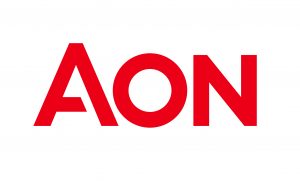 A white paper published by Hiscox has explored the London Market’s response to a number of theoretical tests.
A white paper published by Hiscox has explored the London Market’s response to a number of theoretical tests.
A consortium of leading London insurance organisations, including Aon and Willis Towers Watson tested the impact of a highly destructive hurricane, an unprecedented cyber attack, a large stock market decline and major re-insurer default.
Hiscox concluded that the capital would have adequate practical and financial resources to deal with such an event, despite the cost being at least four times larger than the World Trade Centre-insured loss.
Robert Childs, Hiscox chairman, said: “We have not had a market-turning event since 9/11 and it is important we understand how one might play out in today’s trading environment.
“Exercises such as these are often imposed by a regulator, but our industry-led approach is what makes the London market so special.
“As a market, we have tested our robustness and resilience and stand ready to support our clients, trade forward, and ensure financial and economic stability during turbulent times.”
Twenty eight companies were involved in the stress test, including underwriters, brokers and Lloyd’s, with the assistance of the Financial Conduct Authority, the Prudential Regulation Authority (PRA) and HM Treasury.
The result of the hypothetical stress test showed that these organisations would be able to serve clients and fairly pay claims, with no significant liquidity challenges highlighted in the exercise.
Aon broking president, Karl Hennessy, said: “This dry run is a demonstration of the London market’s unique value proposition; namely the ability to bring together specialist underwriters, brokers, claims and other professionals to serve our clients at the time of their greatest need and beyond.
“In an increasingly competitive global market, such exercises are essential for London to continue to maintain and evolve its position as the pre-eminent centre of insurance expertise, serving clients from across the globe.”
According to the group, despite the London markets’ strength conclusions from the test heavily rely on the robustness of firms’ reinsurance and recapitalisation arrangements, as well as their ability to implement such arrangements during a turbulent financial environment.

